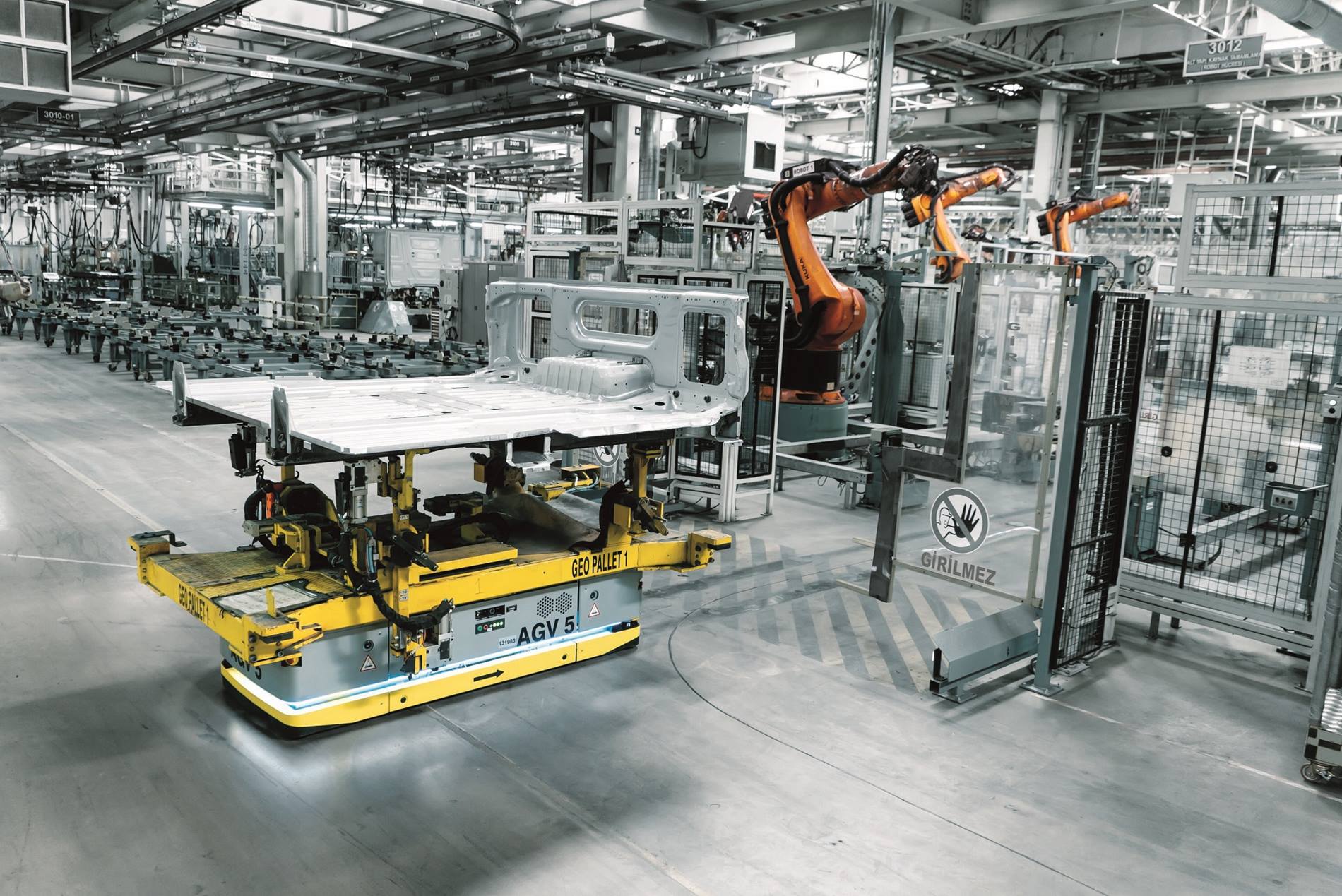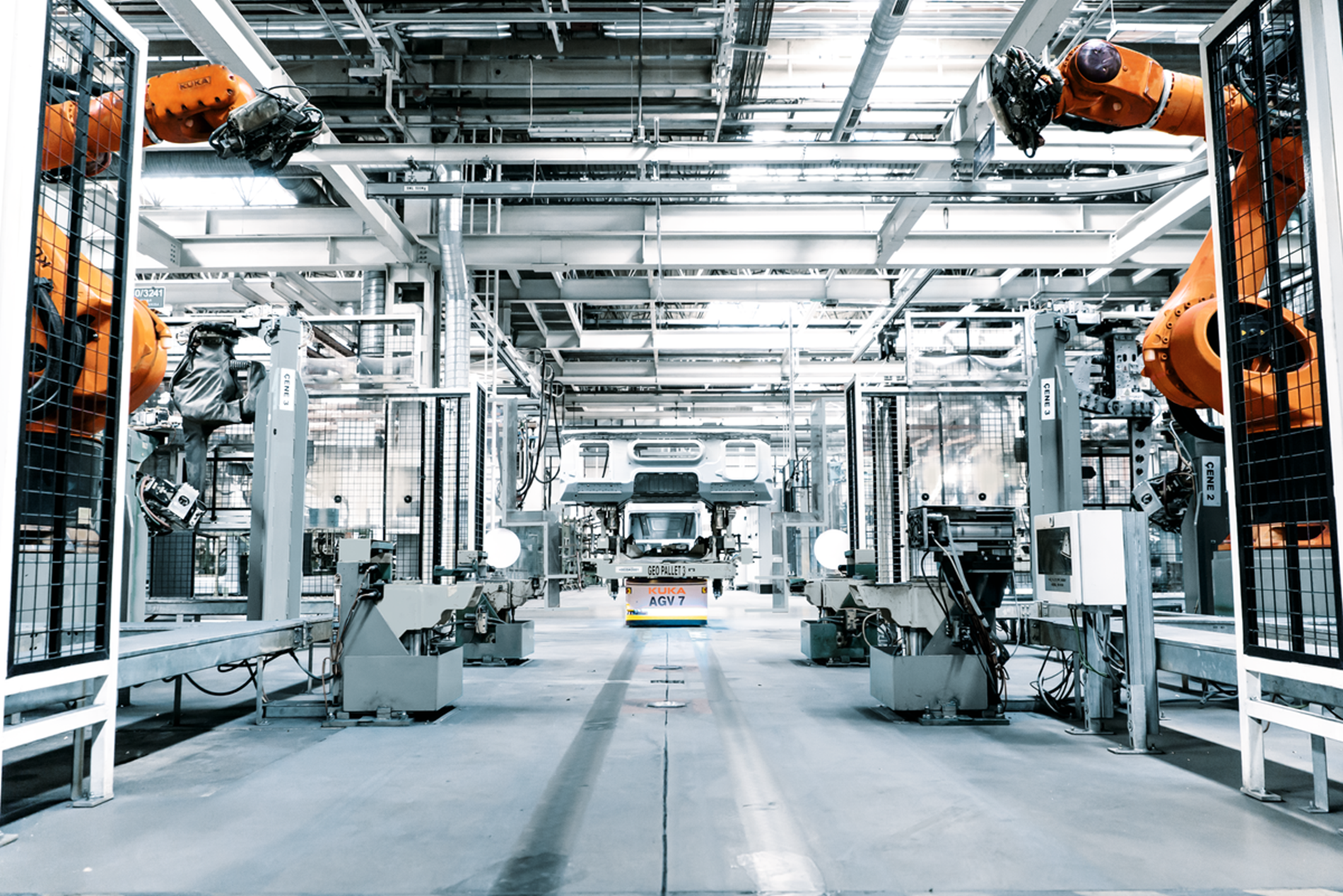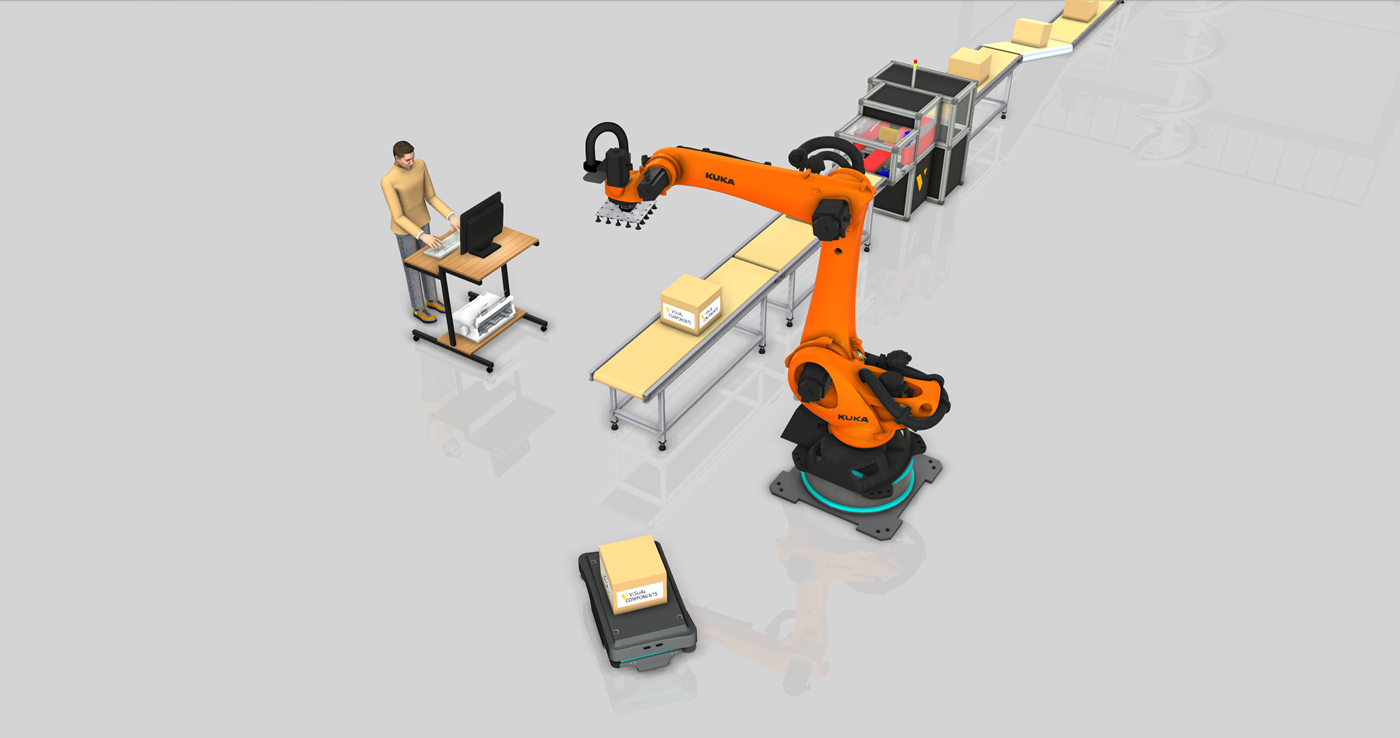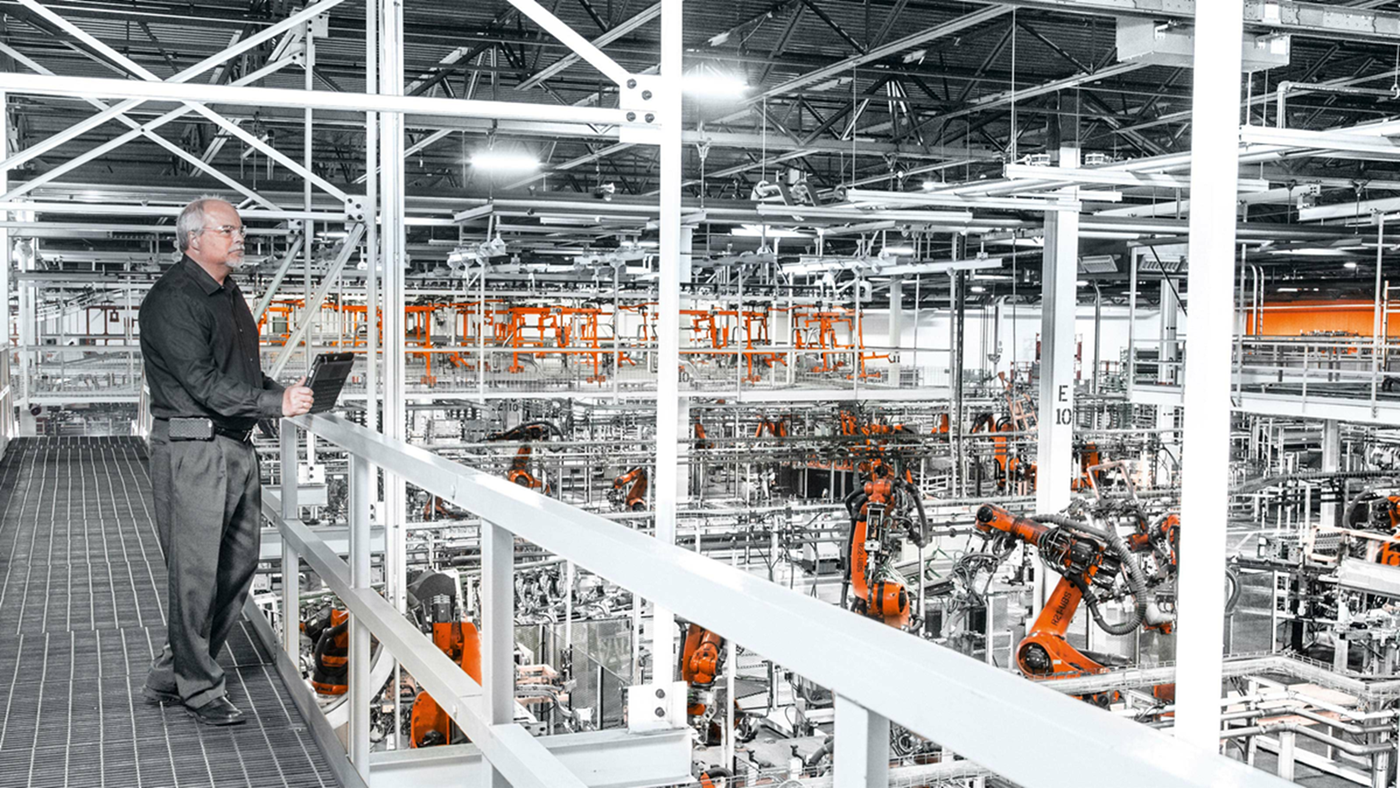Connectivity with big data, artificial intelligence and augmented reality: these are all examples of avalanches in slow motion – and we encounter them every day in our daily work. It is not a matter of megatrends burying everything that has gone before them. It is more about how powerful they are and how permanently they transform the economy and society. Their half-life is 50 years or more. They give rise to new structures and business models, and are an indispensable tool in strategic corporate planning.
On the megatrend map published by the Zukunftsinstitut, the Internet of Things (IoT) ranks alongside human machine interaction. Augmented reality (AR) and Artificial Intelligence (AI) are contributing to the megatrend of connectivity.
Megatrends are multilayered and multidimensional. The interactions between them create their dynamics and make them so complex.
5G and artificial intelligence as core technology trends
Around the world, industry is feeling evolutionary pressure when it comes to establishing Industrie 4.0. Two technology trends stand out in particular: 5G and AI. Staff of technology analyst ABI Research conducted a study to determine how private 5G campus networks will develop in the coming years. By 2030, more than 49 million 5G connections are expected to be available in production and industrial companies. For suppliers, this means sales of 2.4 billion US dollars. We established such a 5G campus network at KUKA 2022 at the Augsburg site. Our customers want more flexible production processes and secure, real-time communication between their machines. As a technology company, we have to work with new technologies – before the first customer inquiries land on our desks. We are testing what is possible with 5G – especially with a view to connecting automated guided vehicles. We are incorporating 5G into our product development and plant planning.
General application scenarios for 5G include the digital twin, robotics as a service, remote maintenance, virtual and augmented reality, and intelligent, automated logistics.
There is a lack of resources and data
And AI? According to a study by the digital association Bitkom, the greatest obstacles to the use of AI in companies are currently a lack of human resources and a lack of data. It is no coincidence that the greatest progress in recent years has been made in the area of images and language. There is plenty of data on the Internet relating to these two topics.
With regard to robotics, there are currently also further hurdles: rights, security and labels. Data belong to a wide variety of stakeholders such as robot manufacturers, integrators and end customers. But it would be necessary to centralize the data in order to achieve maximum success. To generate new data, robots would have to perform arbitrary motions that are not intended and are often not safe. Furthermore, the generation of data is a high cost factor. If these data were available, they would open up entirely new potential for combining AI and robotics. Because, after all: The data produced by a robot are much more exciting than the voice and image recognition data from the Internet.
If, in taking on the ultimate challenge in mechanical engineering, AI is to make machines behave like humans, the basic prerequisite for this is an understanding of what is physically involved. That is still a matter for the future. Unlike images or videos, however, a robot knows what external forces have acted on it. A robot can interact with the world. The resulting data are valuable for the further development of AI methods.
According to Bitkom, Germany is falling behind internationally when it comes to AI. Only sixpercent of the companies surveyed currently consider Germany to be a world leader in the field of AI, compared with tenpercent a year ago. The business sector thus places Germany behind Japan (tenpercent), China (20percent) and the US (40percent).











